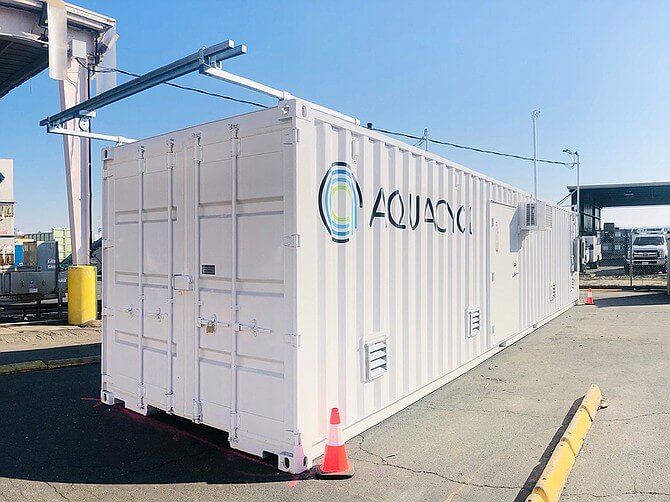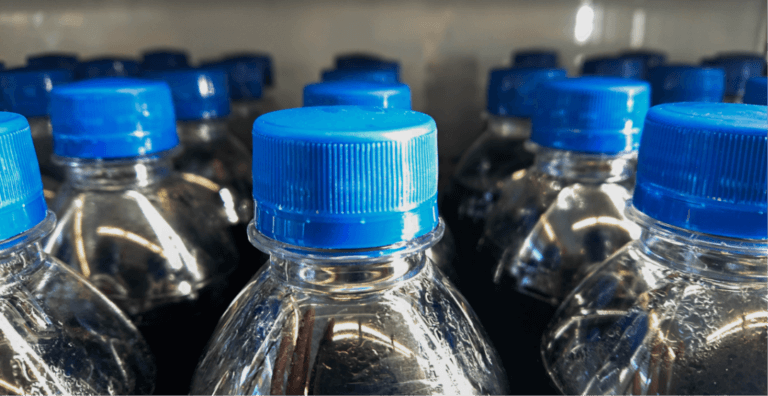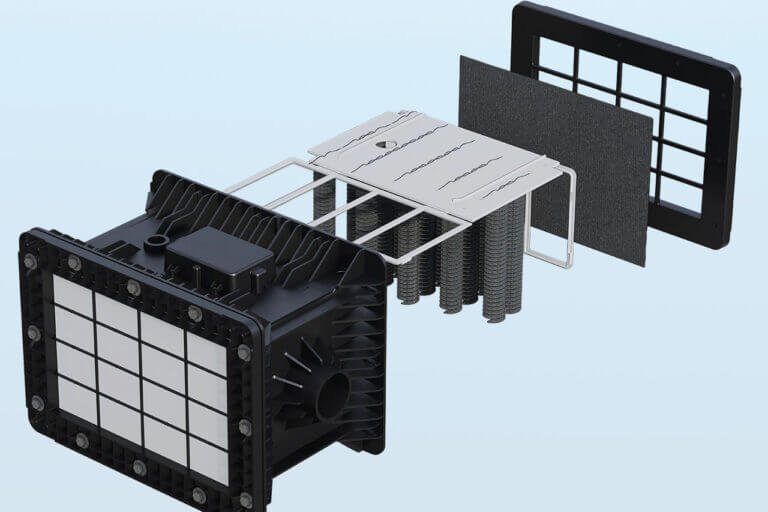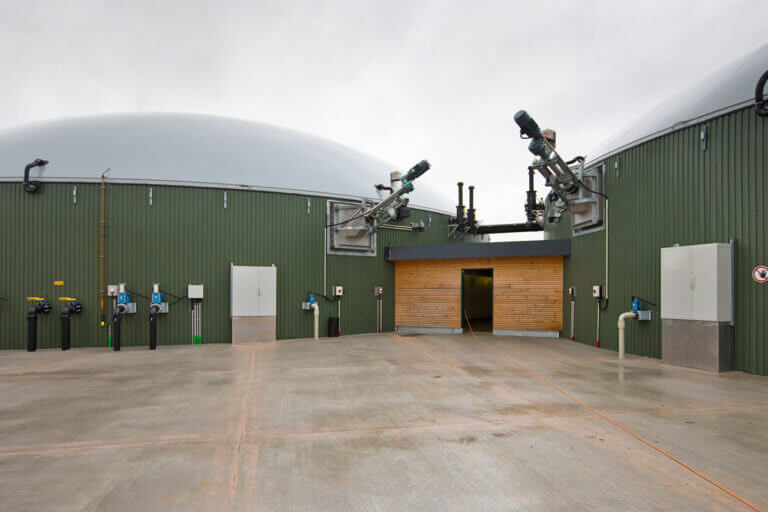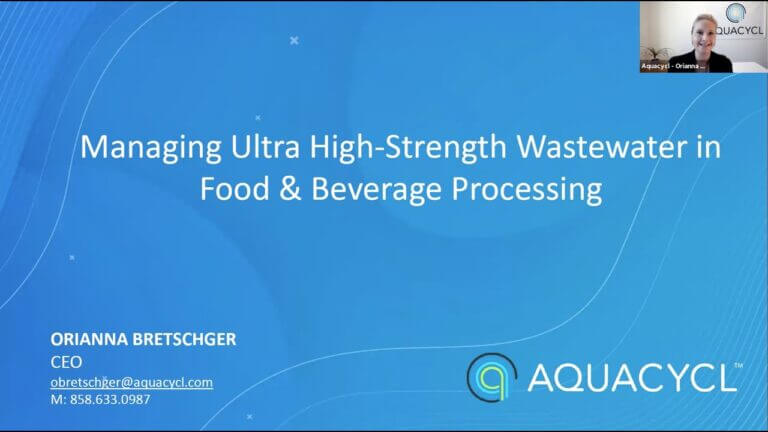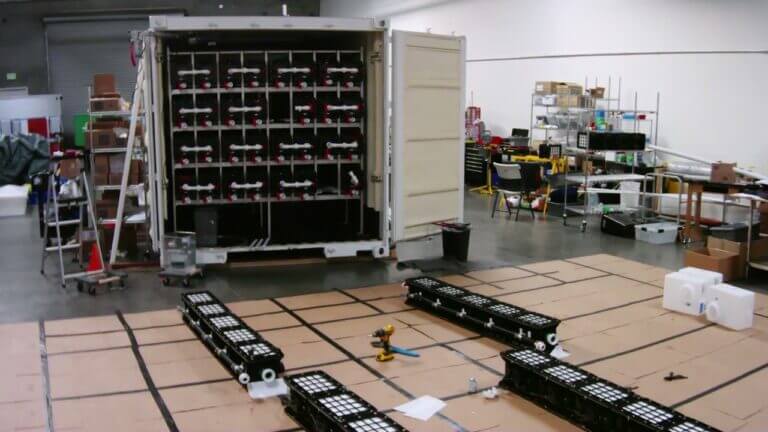Brewery water management should not lead to brewery woes. But the truth is, breweries produce some of the hardest-to-treat wastewater, and most breweries discharge 70% of their purchased water as wastewater!
We’ve heard it from every brewer we’ve worked with – wastewater treatment is costly, it’s a headache, and it impedes the growth of your brewery.
Don’t worry, I’m here to shed light on these challenges and present you with tangible solutions that will turn those wort worries around and empower you to make informed decisions on your wastewater management.
Let’s dive in!
Common Challenges in Brewery Wastewater Management
Brewery wastewater has common characteristics that lead to specific challenges when it comes to treatment and management. Your wastewater will typically include unfermented sugars, mash and fermentation solids, traces of alcohol, and variable pH and volume. These pose concerns to the utility as these parameters can put strain on conventional treatment systems at smaller publicly owned treatment works (POTWs) and may require specialized treatment.
Here are some challenges you may face with your brewery wastewater management:
- Wastewater Composition
Brewery wastewater contains a mix of organic compounds, suspended solids, nutrients (such as nitrogen and phosphorus), and substances like cleaning agents, chemicals, and sanitizers. Managing this complex mixture requires effective, and often multiple treatment methods.
- Volume Fluctuations
The volume of wastewater generated can vary greatly, particularly during peak production periods, requiring flexible management strategies. Most wastewater treatment systems require consistent flow to operate efficiently.
- Regulatory Compliance
Breweries must adhere to stringent environmental regulations governing wastewater discharge to safeguard local water quality. Even small breweries that don’t generate significant wastewater flows may be required to carry an industrial discharge permit due to the high organic content (BOD/COD) in your wastewater. Compliance requirements can change at any time and in some cases may leave breweries facing large out of compliance fines for their wastewater.
- Growth Plans
Wastewater can become a limiting factor for the growth of breweries. Growing your operations means treating larger volumes of process water, trub, and CIP rinses, increasing surcharges, and often facing costly treatment efforts.
- Cost Efficiency
Effective wastewater management requires investment in treatment technologies, monitoring equipment, and skilled personnel. Balancing cost efficiency with environmental responsibility is a constant challenge.
Addressing these wastewater management challenges is vital for breweries to ensure responsible environmental practices, regulatory compliance, and the sustainable growth of their operations. Though these seem daunting, I’m here to help you understand where these challenges may arise and how to solve them.
Understanding the Brewing Process
The majority of your wastewater production will come from cooling, keg washing, and clean-in-place procedures, these inevitably will require high water usage but the byproducts generated during the brewing process will cause you the most challenges with your wastewater management.
Spent Grains
Spent grains are a natural byproduct of the mashing process during brewing. After mashing, they are separated from the wort, leaving you with the solids. These can be a valuable resource when separated and utilized as livestock feed, compost, or other uses.
But these spent grains pose a dual challenge to wastewater treatment. Their solid nature can contribute to high suspended solids content if not adequately separated during lautering, impacting the efficiency of treatment processes. Additionally, the organic content in spent grains leads to elevated levels of Biological Oxygen Demand (BOD) in the extracted water, which often requires additional treatment steps.
Wort
Wort is a liquid formed through the mashing, lautering, boiling, and cooling stages in the brewing process. Milled grains are mixed with hot water during mashing, and enzymes break down starches into fermentable sugars. Lautering separates the liquid wort from spent grains.
The high organic content in wort increases the BOD levels of your process water. Essential nutrients in wort, like nitrogen and phosphorus, add to nutrient loading in process water and must be treated effectively typically through a biological nutrient removal (BNR) step. The temperature of the liquid wort is also a consideration for wastewater treatment as it can impact the microbial activity in biological systems that may be operating onsite.
Spent Yeast
Once fermentation is complete, spent yeast refers to the leftover yeast cells that have served their purpose and settled to the bottom of the fermentation vessel.
The organic matter present in spent yeast contributes to elevated BOD and total suspended solid (TSS) levels. Additionally, the presence of yeast can occasionally interfere with the biological treatment process, therefore it’s important to monitor yeast levels to ensure proper treatment.
Trub
Trub is a mixture of proteins, hop particles, and other solid materials that form during the wort boiling phase of brewing. It consists of coagulated proteins, hop remnants, and other particulate matter that precipitate during the boiling process.
Trub introduces high BOD and TSS to the wastewater. Treating trub requires a liquid-solid separation step, followed by biological treatment. Occasionally, brewers are forced to haul away Trub since it is too high in solids and organics to safely send to sewer. Trub management can add cost and complexity to process water planning.
Brewery Wastewater Treatment Solutions
Enough of the negativity, let’s get to the part you’ve been waiting for – how to actually solve your brewery’s process water challenges and turn them into opportunities for sustainable operations.
Isolate the problem
Side streaming, separation of flow, flow segregation; whatever you might call it, it’s the number one technique you need to be implementing into your process water management to save costs and treat your brewery wastewater most effectively.
As discussed, specific parts of your brewing process produce certain byproducts that lead to harder-to-treat wastewater. Waste streams produced during tank cooling, keg washing, and CIP, though high in volume, are typically lower in organic concentrations and easier to treat, often able to discharge to the utility with minimal surcharge. Your trub, wort, and spent yeast byproducts, and bad batches of beer, will pose a larger problem.
That is where side streaming comes in handy, instead of mixing all the flows together and attempting to send the challenging components to the utility, separate the harder-to-treat flows and treat those first, then combine with the full flow and discharge to utility. By collecting the challenging, high-strength streams at the source, you save costs, reduce hauling, and avoid utility fines or shutdowns.
How do you side stream? Since these streams are already generated at different points of your process it is possible to integrate monitoring and hydraulic controls to divert production effluents based on timing, organic loading, or rinse cycle.
Treatment Options for Breweries
So now that you’ve implemented side streaming, what do you do with that high-strength flow? You have two options: offsite hauling or onsite treatment.
You may already be doing offsite hauling for some of your stream – and probably know how costly it is. Though it opens the avenue for effective process water management, offsite hauling is not only expensive, but poses spillage risks, leads to high greenhouse gas emissions, and can shut down production due to hauling delays.
Your other option is to treat it onsite. There are many great onsite treatment options out there, but they often require large CapEx investments, take up space, and require full-time personnel to manage your blended process water. If you’re interested in learning more about onsite wastewater treatment, check out this great guide. But I have an alternative for you.
Aquacycl’s Tailored Approach
Aquacycl offers a tailored, onsite treatment approach alternative to conventional treatment methods that allows you to achieve discharge quality through our system. We are able to address your brewery’s specific needs, advise about side streaming options, and handle your pH, BOD, and volume fluctuations by designing a wastewater treatment system that aligns with your brewery’s size, production volume, and unique processes, ensuring optimal efficiency.
With a growth-focused, adaptable system, your brewery can expand and test out new brews without worrying about the impact to your wastewater bill. Plus, we provide wastewater treatment as a service so you won’t have to worry about the inherent challenges of wastewater treatment, we take care of it for you so you can focus on your core business of making delicious brews.
With this guide, you’re well on your way to building a robust brewery wastewater management plan that can handle any challenges that may arise from your brewery wastewater.



